Rosseland Radiation Model, Combustion of Train in Tunnel
$200.00 Student Discount
- The problem numerically simulates the Combustion of a train in the tunnel using ANSYS Fluent software.
- We design the 3-D model with the Design Modeler software.
- We mesh the model with ANSYS Meshing software, and the element number equals 372705.
- We use the Rosseland Radiation Model to define radiation heat transfer.
- We use Species Transport Model to define combustion reaction.
To Order Your Project or benefit from a CFD consultation, contact our experts via email ([email protected]), online support tab, or WhatsApp at +44 7443 197273.
There are some Free Products to check our service quality.
If you want the training video in another language instead of English, ask it via [email protected] after you buy the product.
Description
Combustion of Train in Tunnel, Radiation, Rosseland, CFD Simulation, ANSYS Fluent, Tutorial
Description
In this project, we perform the numerical simulation of the combustion process of the train inside the tunnel by considering Rosseland radiation using ANSYS Fluent software.
The aim of this project is to investigate the radiation heat transfer caused by the combustion process of the train inside the tunnel. When the combustion reaction takes place, considerable heat is produced. This high heat can lead to radiation in the surrounding environment.
We designed the geometry of the model in 3D using Design Modeler software. The computational domain of the model is related to the inner space of a tunnel in which a train is placed. We considered a part of the train body as the source of fuel leakage and the place of combustion.
Then we meshed the model using ANYS Meshing software. The meshing is unstructured, and 372705 cells are generated.
Rosseland Methodology
For this simulation, We defined a combustion process using the species model. This combustion occurs between a fuel (diesel) and an oxidizer (air). We used the species transport model to define the chemical reaction of combustion. Then, we define this reaction between reactants and products in volume mode.
Also, we used the radiation model to define radiation heat transfer. Radiation heat transfer is one of the methods of heat transfer (such as conduction and convection). All materials at a certain temperature release heat from themselves to the environment, which is called radiation heat transfer. Radiation heat transfer is used in cases such as flame where there is a significant temperature in the environment.
There are different methods for the radiation model in ANSYS Fluent software. In this project, we use the Rosseland radiation. The Rosseland radiation model is valid when the medium is optically thick. This method is recommended for use in problems where the optical thickness is greater than 3.
Also, it can be derived from the P-1 radiation model equations, with some approximations.
Rosseland Conclusion
After conclusion, the contours related to temperature, velocity, radiative heat flux, and mass fraction of fuel, carbon dioxide, oxygen, and water vapor have been obtained.
The results show that the combustion reaction happened correctly on the outer body of the train. Fuel leaks from the train body and reacts with oxygen in the open air. This combustion reaction leads to the production of carbon dioxide and a significant amount of thermal energy.
Also, in the part where combustion has taken place, the temperature of the train body and radiative heat flux is significantly high.
This CFD Project is the 3rd episode of the Radiation Model Training Course.
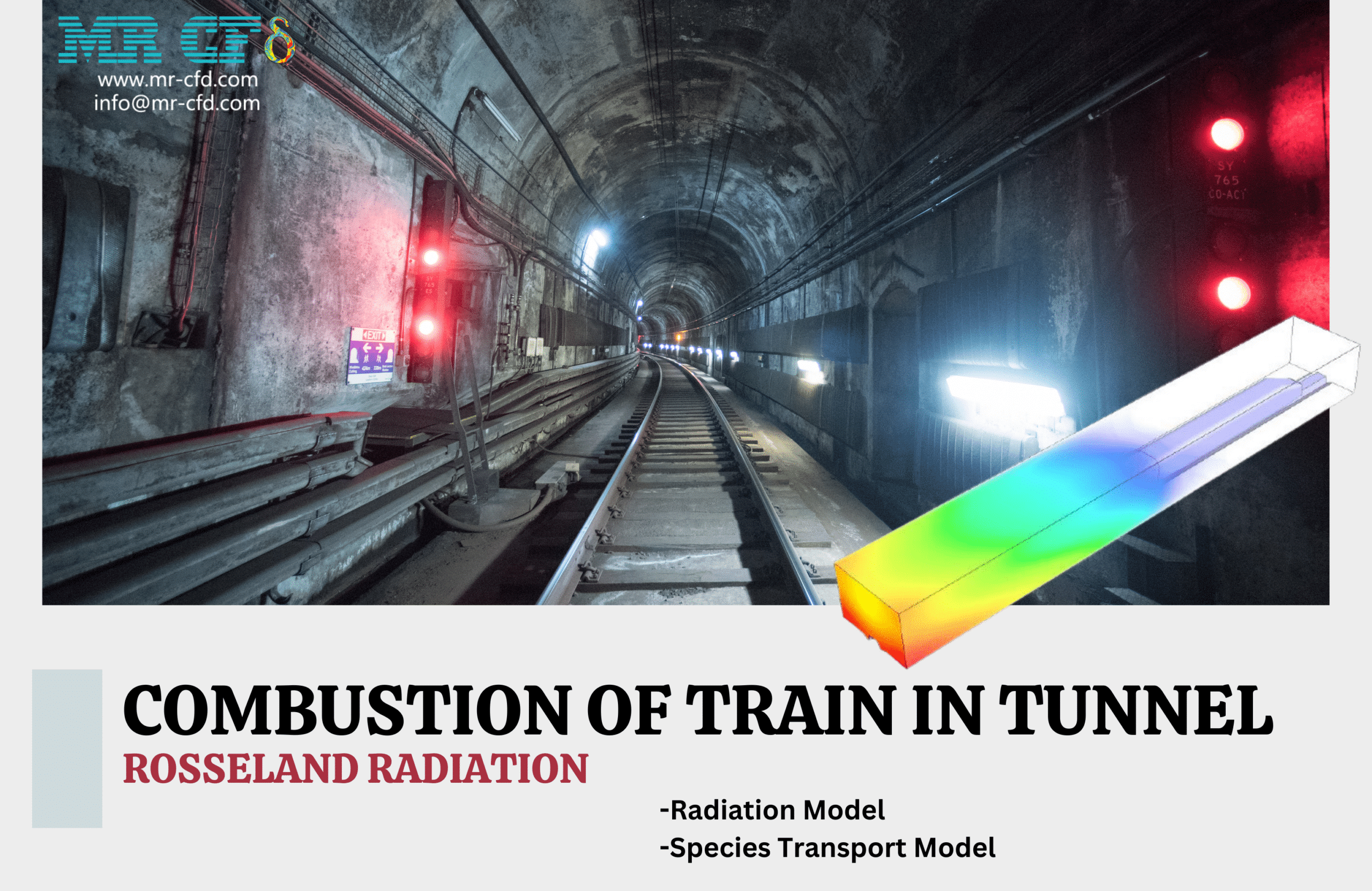
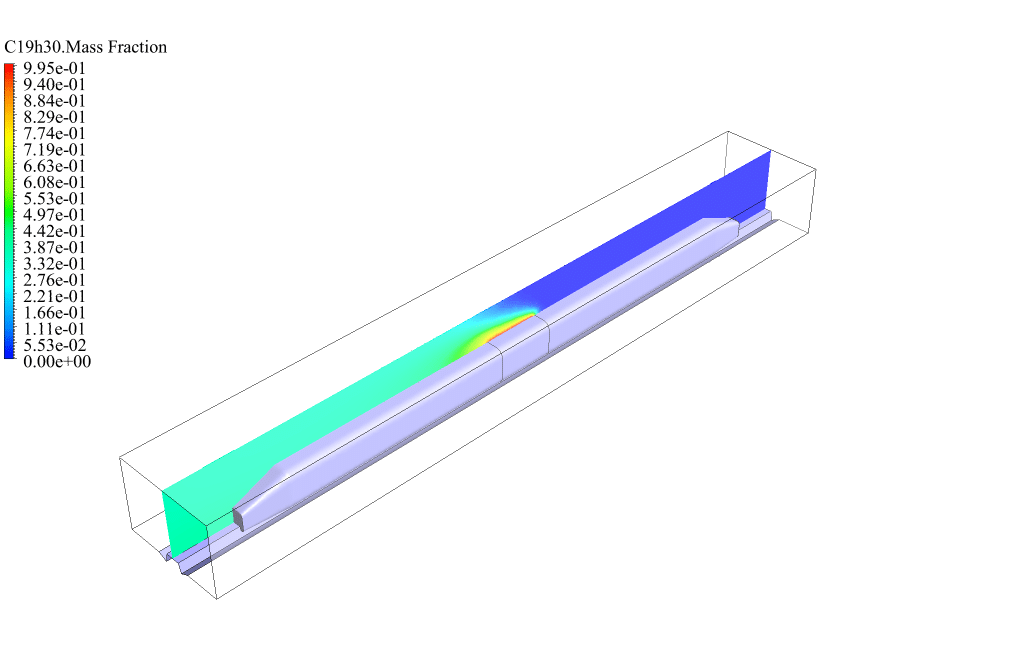
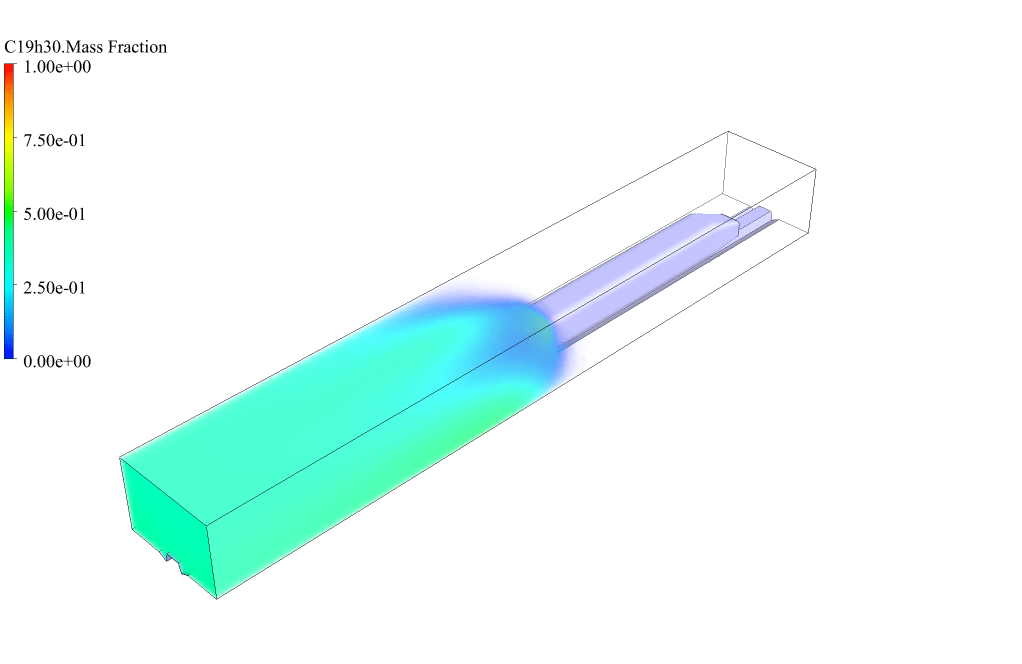

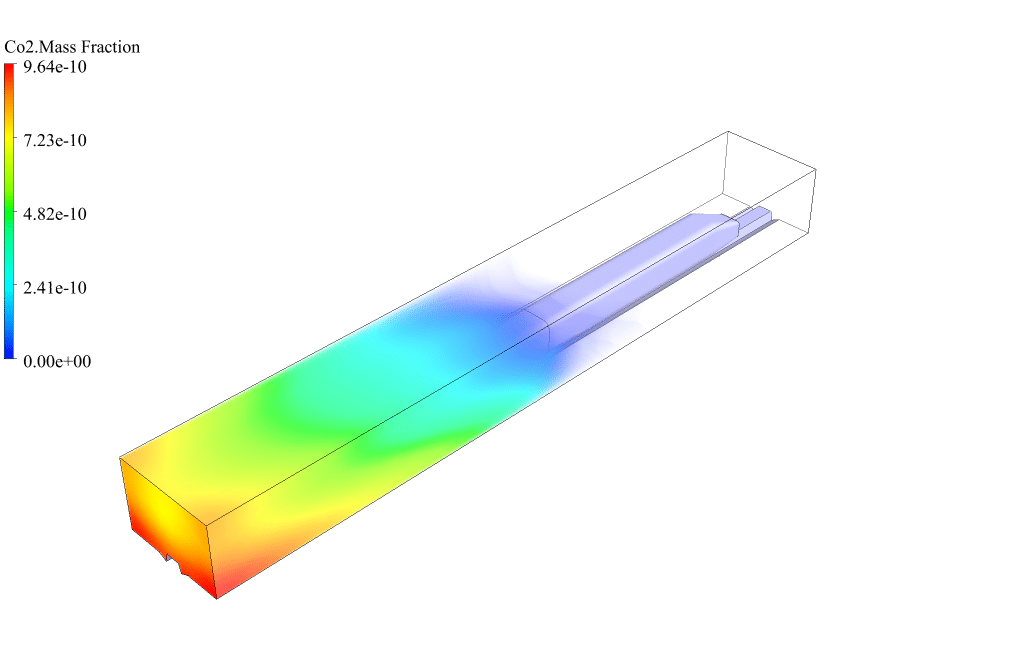
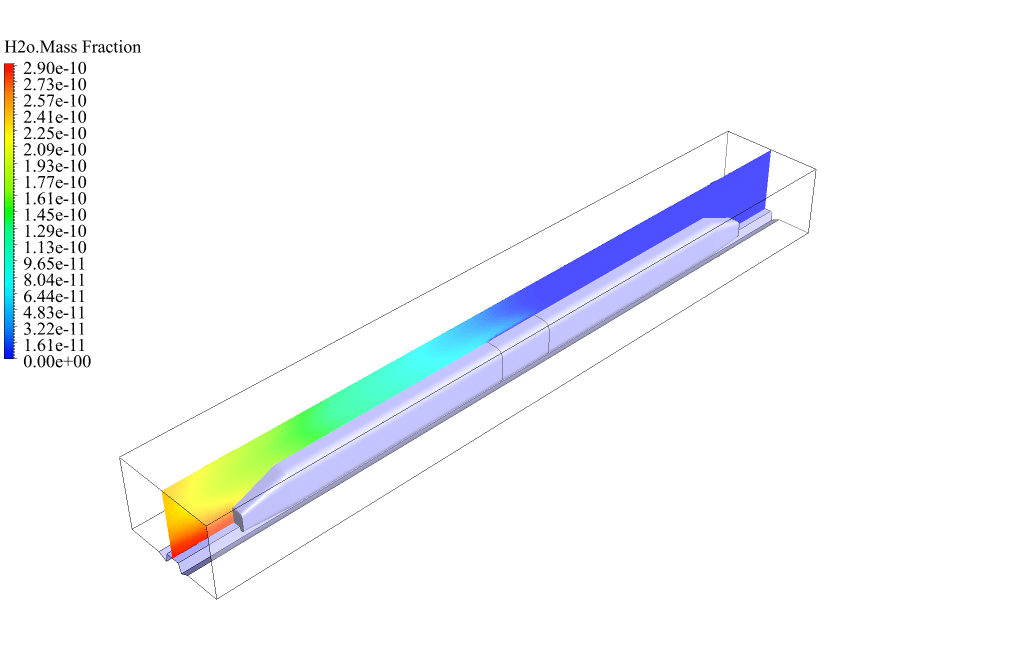

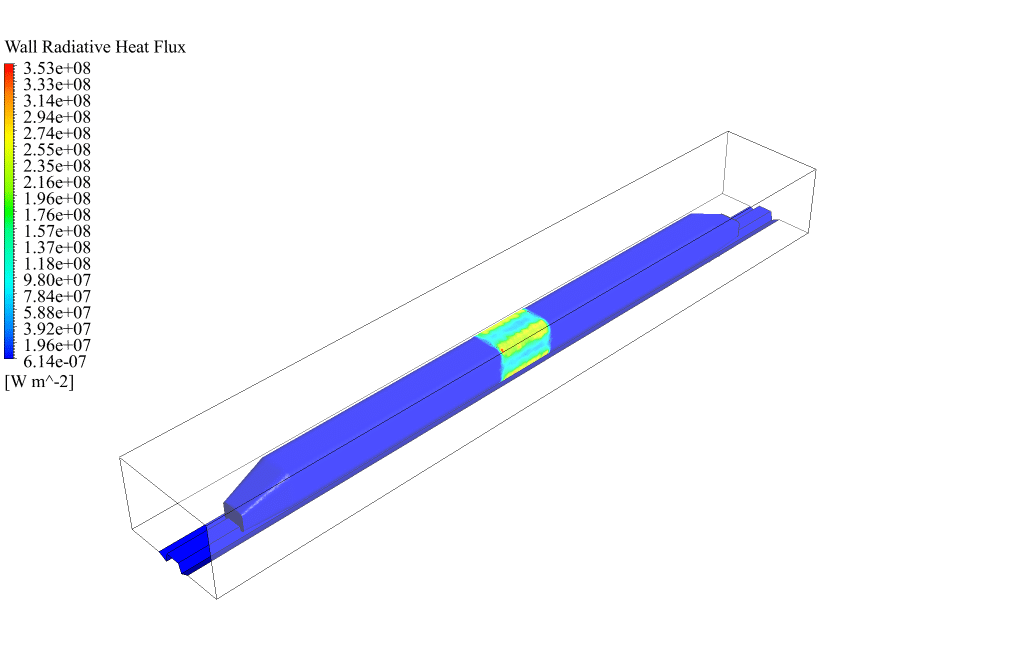
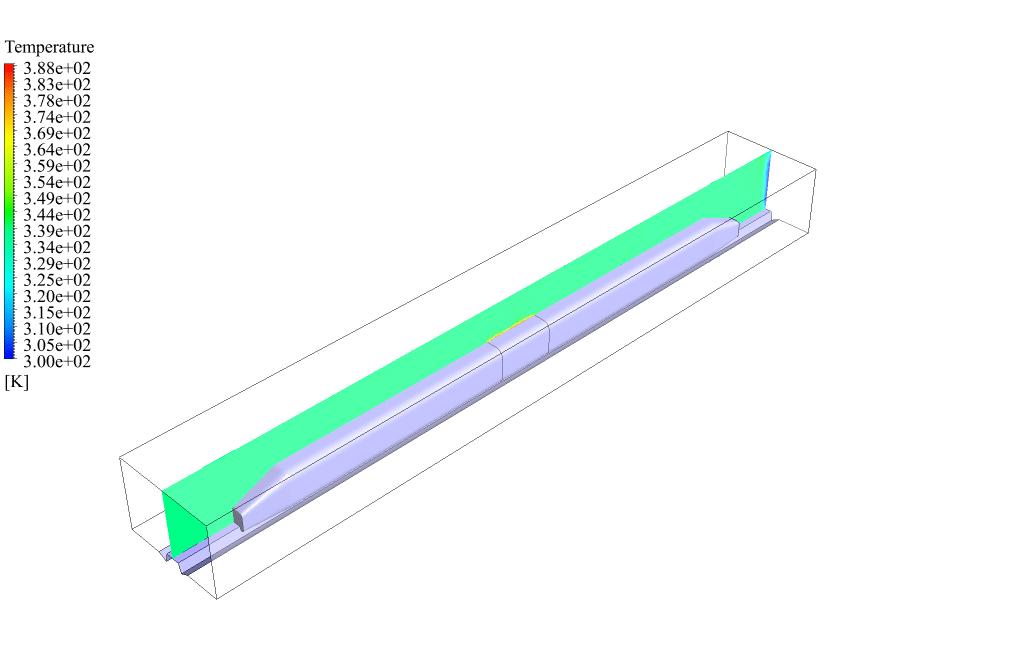
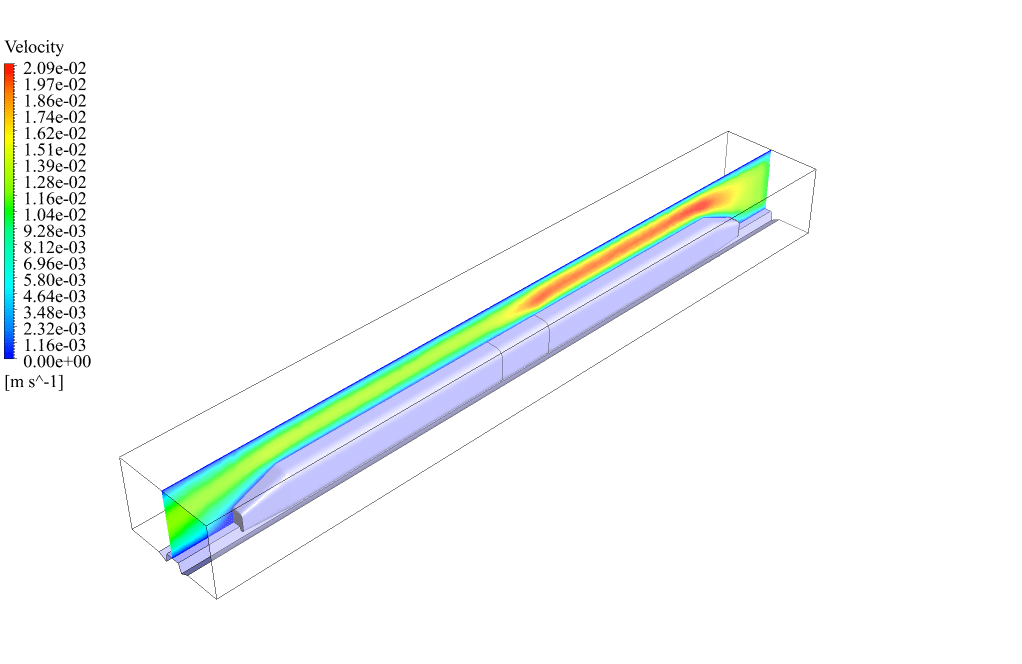
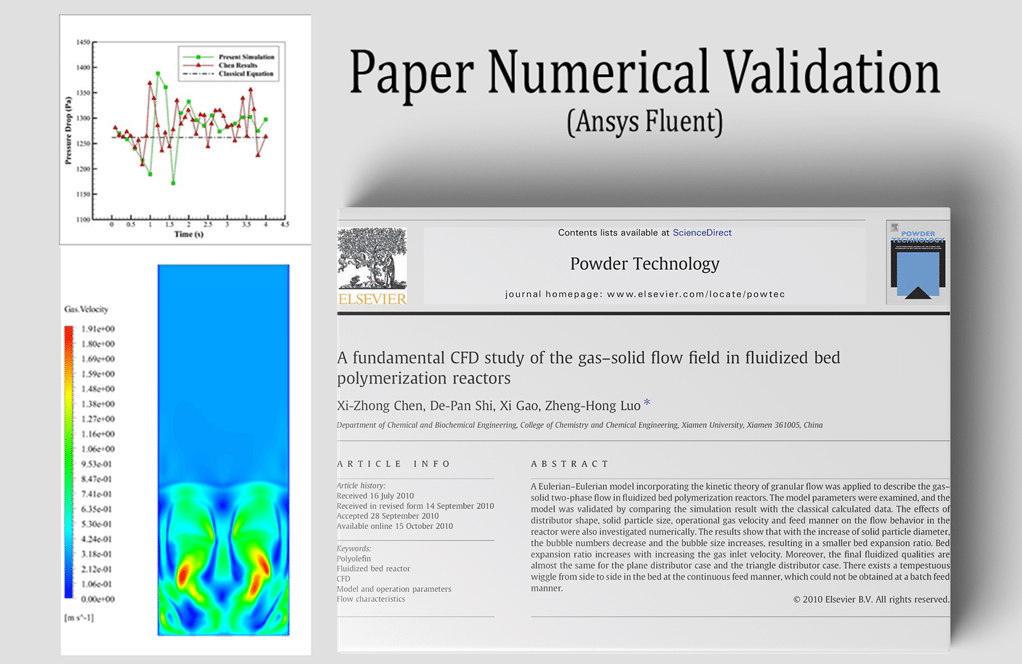

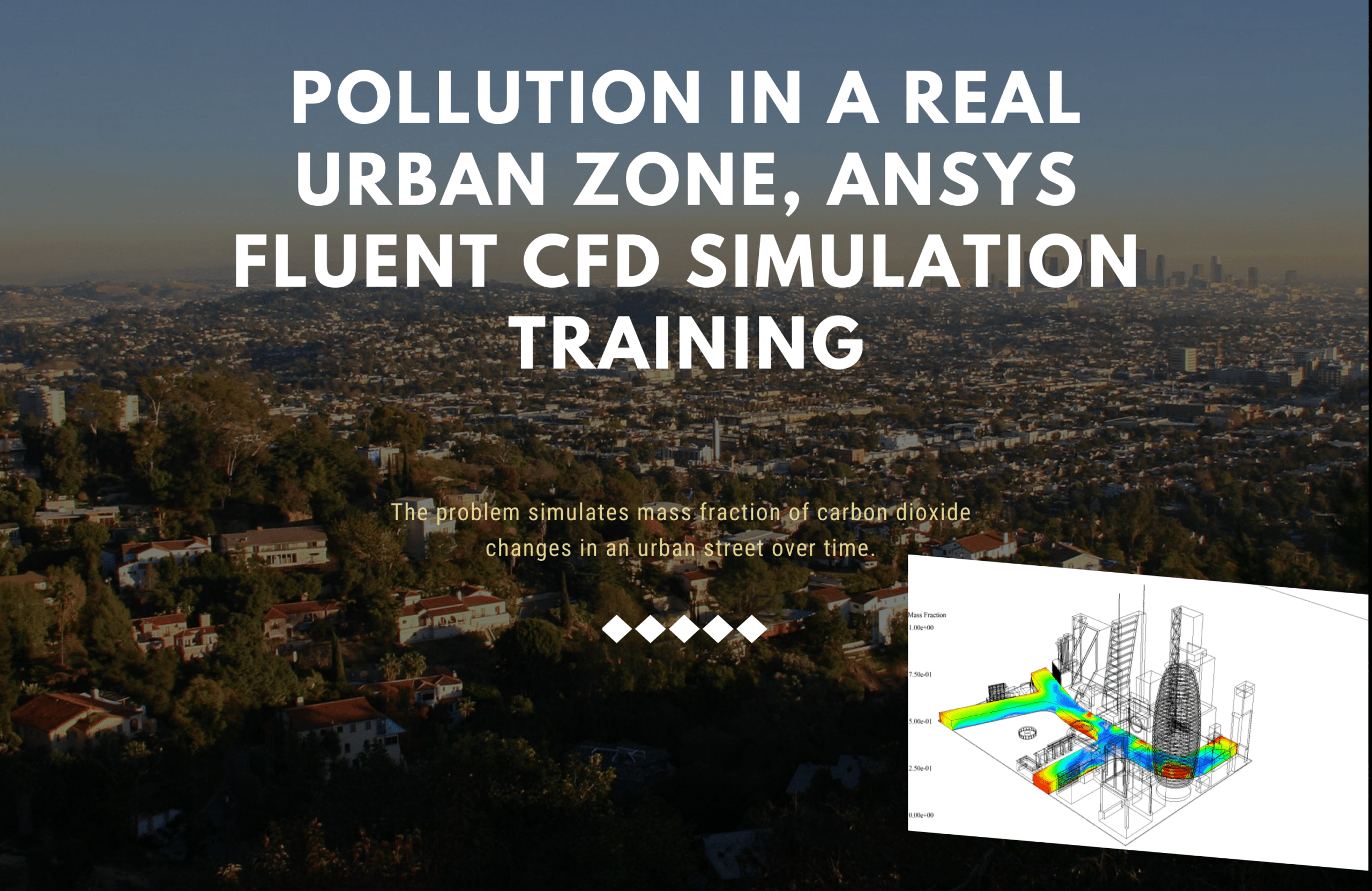
Reviews
There are no reviews yet.